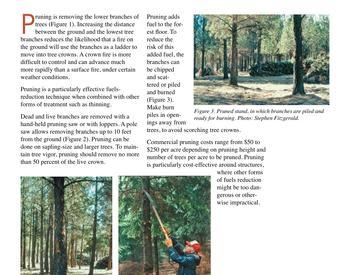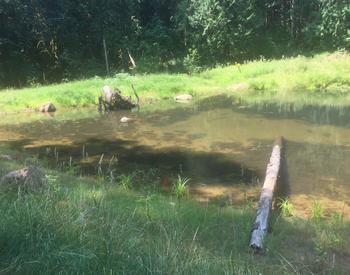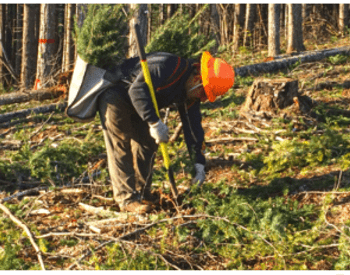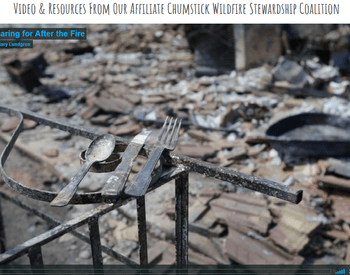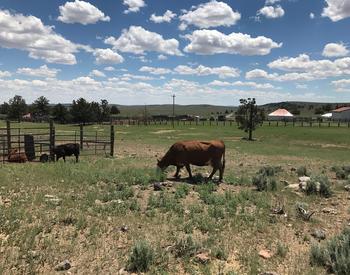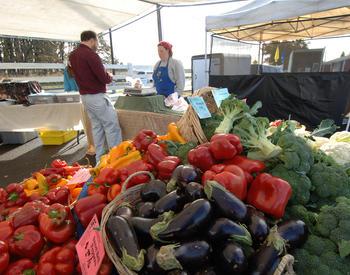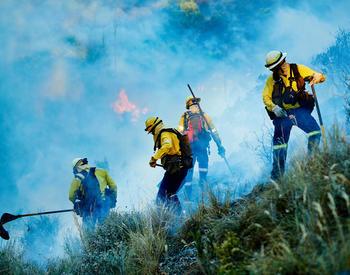OSU Extension is working with Oregon Small Woodlands Association, Oregon Department of Forestry, US Forest Service and other partners to assess the reforestation need, develop extra capacity to produce tree seedlings and facilitate wildfire restoration. To reach about 1,000 family forest owners within burned areas, a survey was sent by mail and email and posted in newsletters and social media. So far, there have been responses from over 300 landowners reporting about 17,000 acres of severely burned forest and over 5 million seedlings needed.
A rough estimate of the total area of family forest land affected is closer to 45,000 acres of land that experienced severe fire (killing most trees), so there are probably even more people who will be looking for tree seedlings. After inquiries with forest tree nurseries across the Pacific Northwest and beyond, the Oregon Department of Forestry was able to order only about 400,000 seedlings for 2022–2023 so far. It is clear there are not enough seedlings growing in nurseries. Even with a new campaign to expand nursery capacity and sow more seeds, it looks like a three- to five-year process to catch up on the seedling shortage. To keep it in perspective, natural regeneration of forests after wildfire often takes 10 years or more for whatever trees will make it to become established.
While there is some urgency to clean up debris and salvage what we can from the losses due to fire or ice, it is important to plan site preparation for tree planting and longer-term recovery as part of the process. What options will you have for tools and equipment to prepare your site for tree planting? What if you can’t get seedlings for three years? Depending on the ground conditions and your management philosophy, will it be giant masticator machines, farm tractors, weed whackers, herbicide applicators or hand tools?
All these options and questions can make your head spin. It helps to make a systematic assessment of your situation and capabilities, compare the pros, cons and tradeoffs. Consult with experienced advisors, starting with Extension, ODF, soil and water conservation districts, and others. For woodland owners with residences and other infrastructure on their land, it is important to establish a logical boundary between the higher maintenance home landscape and the wildland forestry situation.
To avoid overdoing it (or running out of money/energy), a key question is how much cleanup is enough to facilitate your next step in site preparation or tree planting. A high-maintenance landscape kept clean and green within 30–100 feet is good for low fire hazards near buildings. But extending that zone farther out may set up an unmanageable workload. Transitioning to the wildland forest zone, it may be sufficient just to make scattered slash piles (to be burned or not). Or simply cut and scatter debris to ensure contact with the ground for moisture retention and rapid decomposition.
Recovering from the losses, in the midst of a raw and messy post-disaster landscape, it may be hard to envision regrowth and renewal. To get an idea of how the forest may recover, with or without your intervention, visit an area that burned a few years back. Walk some trails into the Eagle Creek Fire in the Columbia Gorge and take a look “over the fence” at what other landowners have accomplished a few years after disaster. No matter what, the regrowth on a million new acres of burned forest in Oregon will be amazing to behold.
For information on ice-damaged trees, read Glenn's article Lessons learned from the ice storm.


